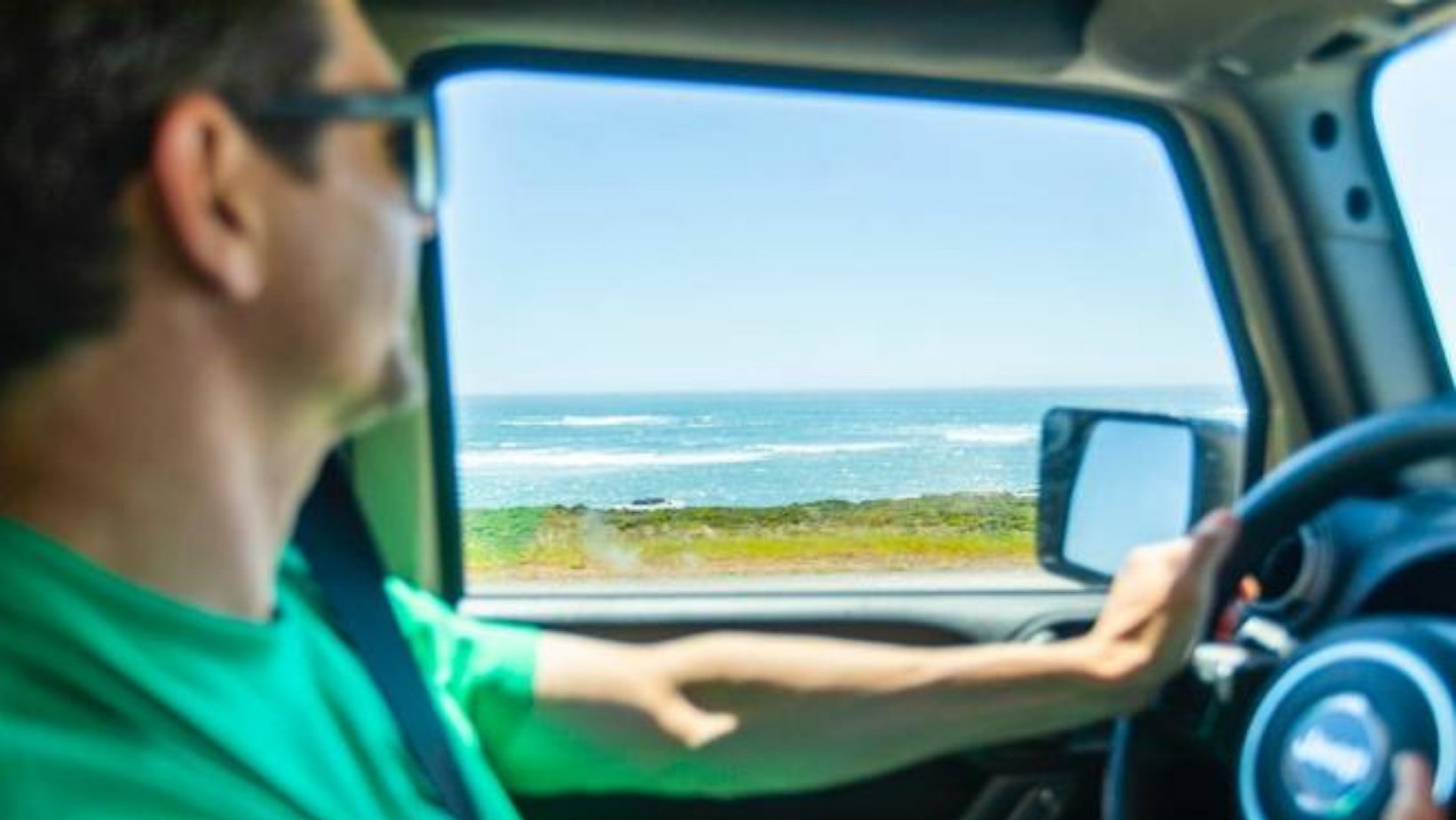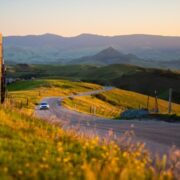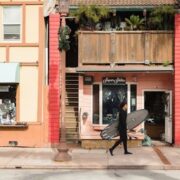
Our number one recommendation for being a savvy traveler in this road tripper’s paradise of California’s Central Coast is that is you Take. Your. Time. This is a vast area (roughly 13,000 square miles), and it takes time to experience it fully. It would take 8-10 hours to drive straight through, although we don’t recommend doing that. Allow yourself the time and opportunity to explore and discover something new. Spend at least 2-4 days in each region. The Central Coast is about taking the time to enjoy. And it’s worth every second.
We ask that you also take time to think about how you will care for the places you visit. We have put together suggestions for you, but here’s the bottom line: be a kind and patient traveler – whether visiting our California Central Coast or any destination.
Before those helpful tips, we’ll answer two major questions:
Where is California’s Central Coast?
We answer this question in-depth here. We generally define the Central Coast as four Regions of both coastal and inland destinations situated between Los Angeles and San Francisco. From south to north, that’s the Ventura Region, Santa Barbara Region, San Luis Obispo Region, and Monterey Bay Region (this one includes counties of Monterey, Santa Cruz, Santa Clara, and San Benito). And although the word, “Coast” is in the name, don’t limit your road trip to only hug the coast. There are many inland attractions and businesses worthy of your attention. Take time to explore rural roads through fertile valleys, agricultural fields, and wine-tasting.
Where is Highway 1?
It can be confusing to plan a Central Coast road trip because there isn’t just one road to follow. But that’s part of the allure too, right? At times you’ll be on U.S. 101, other times you’ll be on Highway 1, sometimes the two can parallel one another, and on top of that, Highway 1 goes by several names depending on where you are in the state! We suggest (after using our Map to plan your overall trip) that you use map resources at the local level of cities and towns you’ll be traveling through.
We provide two general Itineraries for road trippers driving either northbound from Los Angeles or southbound from San Francisco. Each describes the options and routes you may consider taking, and what you might see along the way.
Now, the helpful tips:
PLANNING
• Road trip together with family or friends; cars can be cleaner modes of transportation if shared
• Consider traveling during the off-season (October through March) and on weekdays and middays when most destinations and attractions are less crowded and quieter
• Stay longer; not only will you appreciate the town you’re visiting, but you’ll also lessen your carbon footprint by flying or driving less
• Plan ahead with our Central Coast Visitors Map. Download a digital version (here); while not a street-level map, it includes a Travel Distance Chart and other resources
PACKING
• This is not advice for being eco-friendly, but it must be said, Pack Your Patience. Yes, bring your patience and a good attitude. Unforeseen delays and roadblocks (literal and figurative) are just part of road tripping. Remember, most problems are solvable.
• Pack as light as you possibly can; the less weight in your vehicle, the less gas is required
• Use stasher bags to hold your snacks and toiletries; they are easy to clean and reusable
• Use shampoo bars instead of liquid shampoo; they are lighter and last longer
• Bring a reusable water bottle and refill along the way
• Bring a few reusable bags for shopping
• Pack wisely; bring extra non-perishable food, water, medications, hand sanitizer and other supplies to minimize the need to stop along the way
TRANSPORTATION
• Use public transportation or consider renting bikes – a great way to explore any destination
• Limit your drive impact; especially at National and State Parks & Beaches where there can be traffic congestion, consider using free shuttles and bus services often offered by the parks
ACCOMMODATIONS
• Research eco-friendly, green, or LEED-certified hotels
• No matter where you stay, much of California is experiencing drought conditions; do all you can to conserve water (shorter showers, full loads of laundry, or hand-wash and air dry your clothing)
FOOD
• Support local farmers markets; there is a market every day of the week somewhere in the Central Coast (remember to bring your reusable shopping bags!)
• Experience local flavors by selecting locally-owned restaurants; it really helps each destination’s economy
• If you’re seeking restaurants with plant-based options, consider using the Happy Cow app
• Bring your own container for any leftovers
• Research local compost drop-offs or community gardens to take your food waste
• Bring your own utensils when ordering take-out; ask the server not to include plastic utensils with your order
• Refuse plastic bags whenever possible
ACTIVITIES
• Leave No Trace. Lessen the impact you have on places you visit by walking on provided paths, and picking up trash along the way
• Opt for an eco-tour; one that prioritizes protecting the environment and learning about the environment
• Volunteer where you visit; give back to the community where you are experiencing
• Already mentioned, but worth mentioning again – bike rentals are a great way to get around
• Learn more about Safety in the California State Parks here.
SOUVENIRS
• Consider buying art from local artisans at an art fair, local gallery, museum, or even local businesses that may have art for sale on their walls
SUNSCREEN
• Choose a reef-safe, quality sunscreen
• Learn more about Ocean Etiquette from our friends at NOAA.
TRASH
• Plastic pollution is a real problem, especially for our friends in the oceans so avoid bringing or buying items wrapped in plastic
• For the few plastic items that will inevitably come into your hands, please dispose of them properly; some can be recycled but not all
AIR TRAVEL
• Use SkyScanner app to look for the least carbon-heavy route of flights with lower greenhouse gas emissions
• Choose non-stop flights when possible
• Select airlines known for their sustainability
• Go paperless with your boarding pass
• Consider using GoClimate.com/flights to offset your entire carbon footprint. After a brief survey, Go Climate calculates your annual carbon footprint, and you pay a monthly fee to offset your entire carbon footprint, or you can opt for a one-time offset payment. These funds finance projects that reduce the amount of CO2 in the atmosphere; a great way to support projects that will help fight climate change.
———————
Download or Request a Central Coast Visitors Map here.
Discover all of California’s Central Coast here.



